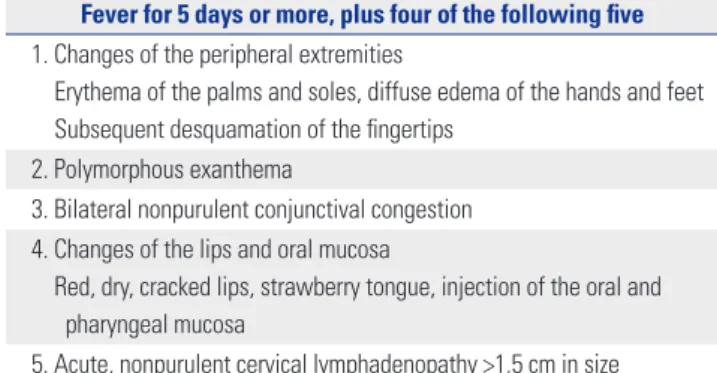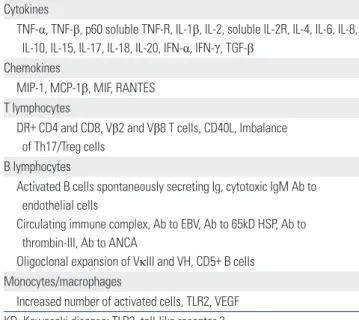Recent Advances in Kawasaki Disease
전체 글
수치


관련 문서
Therefore, the teachers need to communicate actively on children's health status with medical staffs and be educated for understanding the children with
Although van der Waals equation is still less accurate at high
Randomised, double blind, placebo controlled study of fluticasone propionate in patients with moderate to severe chronic obstructive pulmonary disease: the
Severe disease activity and cy- tomegalovirus colitis are predictive of a nonresponse to infliximab in patients with ulcerative colitis. Guidelines for the management of
Prevention of coronary and stroke events with atorvastatin in hypertensive patients who have average or lower-than-average cholesterol concentrations, in
Conclusion : The treatment using facet joint block with lumbar surgical operation seems to have short term clinical effects, however can't prevent
With analysis that it will be a chance for children with autism who have difficulty of using languages and usually can't make any relationship with people
This result also correspond with the one studying children using the community children center such as 'study on children from low-income family of single parent